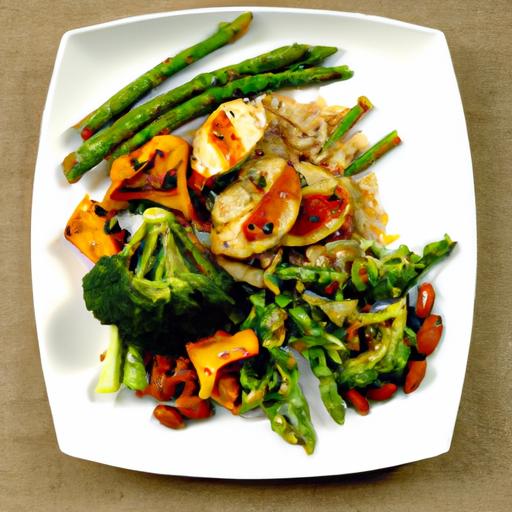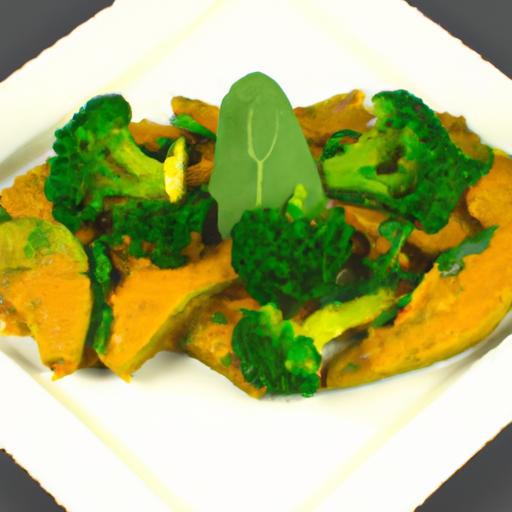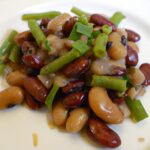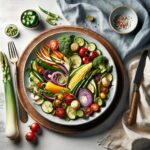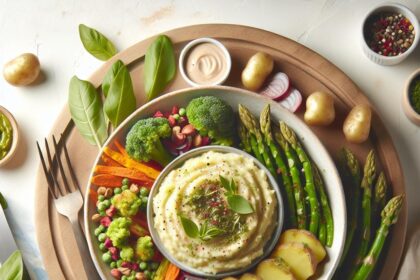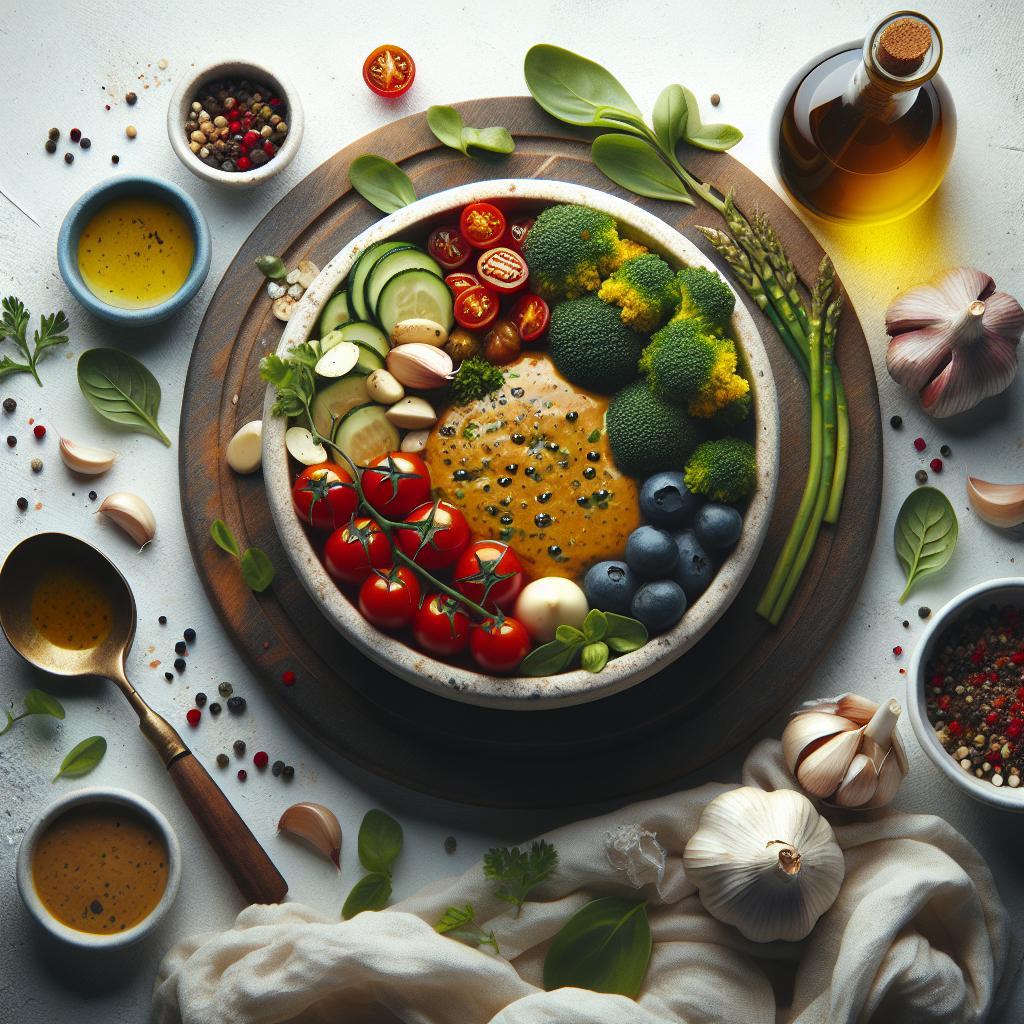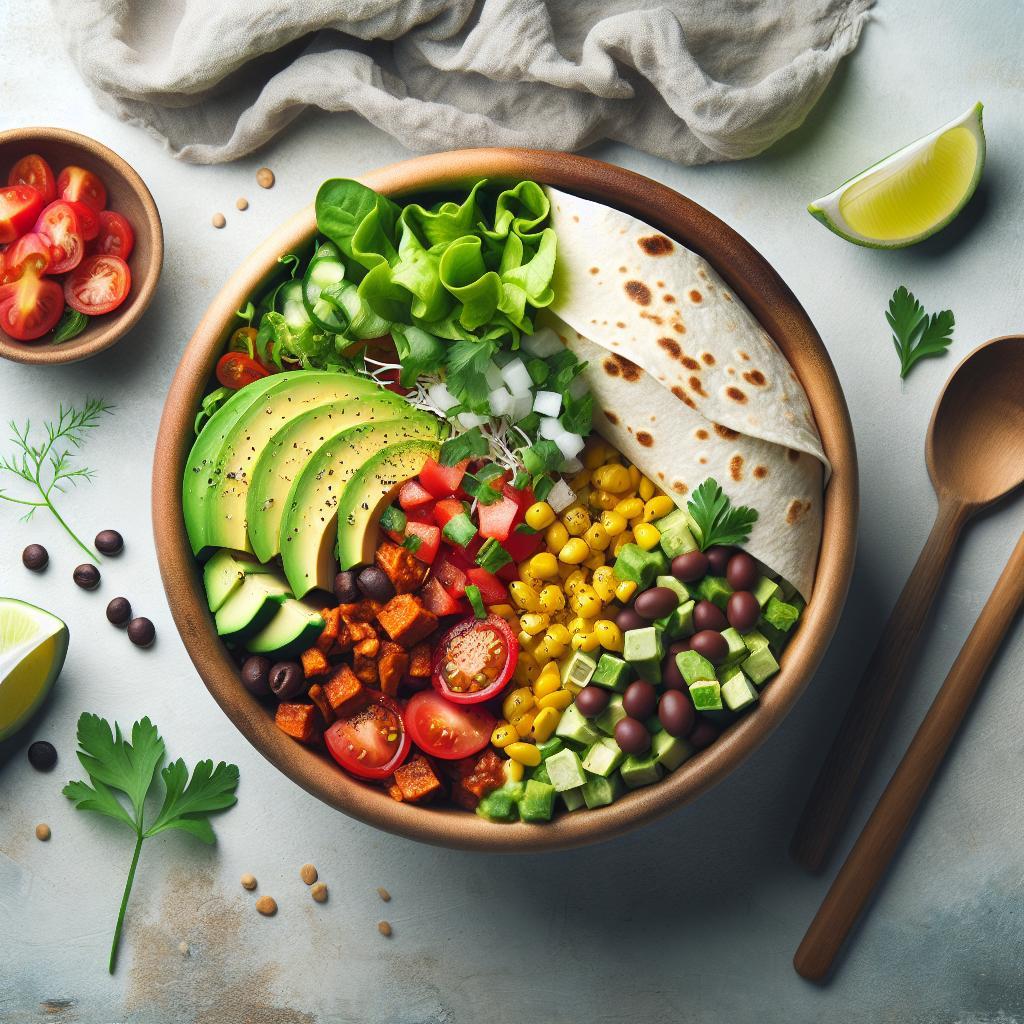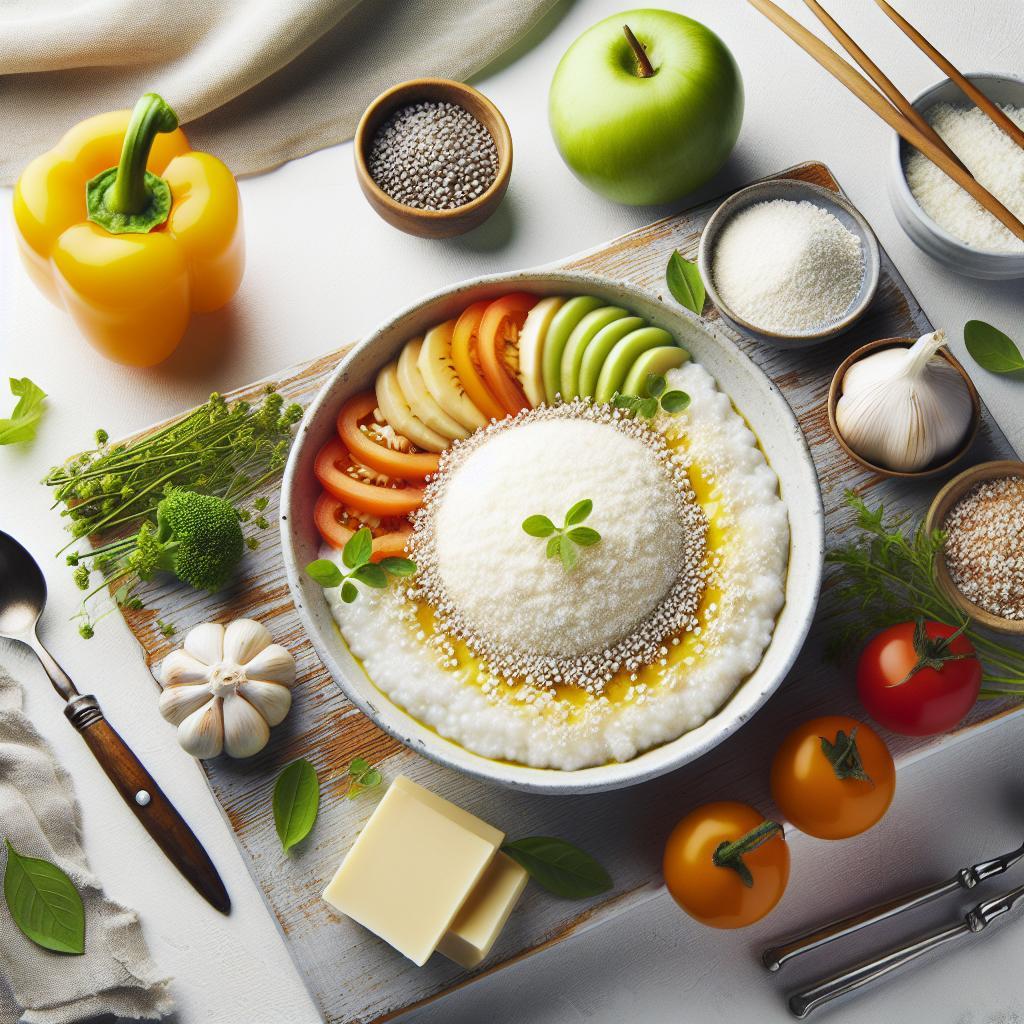In a world where dining choices are as diverse as the colors on a palette, the term “meatless” has taken center stage, tantalizing taste buds and sparking curiosity. But what does “meatless” really mean beyond the buzzwords and trendy labels? Is it simply the absence of animal flesh, or does it unfold a deeper story about ingredients, intentions, and innovations? Join us as we unpack the layers behind “meatless,” exploring its culinary definition, cultural significance, and the surprising varieties that are reshaping how we think about food-one bite at a time.
Meatless dishes unlock a vibrant world of flavors, textures, and nutritional benefits that can transform your everyday meals into culinary celebrations. Exploring plant-based alternatives not only supports health goals but invites a creative approach to cooking that delights both the palate and the eye. Today, we’re diving into a versatile recipe that embodies the essence of eating meatless – a hearty, satisfying Chickpea & Vegetable Ragout that’s bursting with color and wholesome goodness, perfect for any occasion or weeknight dinner.
Prep and Cook Time
Prep: 15 minutes | Cook: 35 minutes | Total Time: 50 minutes
Yield
Serves 4 generous portions
Difficulty Level
Easy – Friendly for all cooking levels, even beginners
Ingredients
- 2 tablespoons olive oil
- 1 medium yellow onion, finely chopped
- 3 cloves garlic, minced
- 1 red bell pepper, diced
- 2 medium carrots, peeled and sliced into coins
- 1 medium zucchini, diced
- 1 cup diced tomatoes (fresh or canned, with juices)
- 1 can (15 oz) chickpeas, drained and rinsed
- 1 teaspoon smoked paprika
- 1 teaspoon ground cumin
- 1/2 teaspoon dried thyme
- Salt and black pepper to taste
- 1 cup vegetable broth
- Fresh parsley or cilantro for garnish
- Optional: chili flakes for mild heat
Instructions
- Heat olive oil in a large skillet or Dutch oven over medium heat. Add the chopped onion and sauté until translucent, about 4 minutes.
- Add minced garlic and diced red bell pepper; sauté for another 3 minutes, stirring frequently to awaken the aromas.
- Incorporate sliced carrots and zucchini. Cook for 5-7 minutes, stirring occasionally to allow vegetables to soften but maintain texture.
- Stir in diced tomatoes with their juices, chickpeas, smoked paprika, cumin, and thyme. Mix well to coat all the ingredients with spices.
- Pour in the vegetable broth, bringing the mixture to a gentle simmer. Season with salt, black pepper, and chili flakes if using.
- Cover and simmer gently for 15 minutes, stirring occasionally to prevent sticking and encourage flavors to meld beautifully.
- Remove lid and cook uncovered for an additional 5 minutes to reduce the liquid slightly, creating a rich and hearty ragout.
- Garnish with fresh parsley or cilantro before serving for a vibrant, herbaceous finish.
Chef’s Notes
- For added protein, try topping the ragout with a dollop of plain Greek yogurt or a sprinkle of crumbled feta.
- Variations can include swapping chickpeas for lentils or black beans to match your nutritional goals or pantry availability.
- This ragout keeps well in the fridge for 2-3 days and freezes beautifully for up to a month – perfect for meal prep.
- To deepen the flavor profile, add a splash of balsamic vinegar or a teaspoon of harissa paste when simmering.
Serving Suggestions
Warmly serve this Meatless Chickpea & Vegetable Ragout spooned over fluffy quinoa or whole-grain couscous for a complete and balanced meal. Garnish with lemon wedges to brighten the dish’s earthy notes or sprinkle toasted pine nuts for an engaging crunch. Pair it with a crisp green salad dressed in lemon vinaigrette for a light contrast that complements the ragout’s richness perfectly.

| Nutrient | Per Serving |
|---|---|
| Calories | 280 kcal |
| Protein | 12 g |
| Carbohydrates | 38 g |
| Fat | 7 g (mostly healthy fats) |
For a deeper dive into meatless nutrition and recipes, check out our Plant-Based Nutrition Guide and visit EatRight.org for authoritative insights on balanced diets.
Q&A
Q&A: “Meatless” Unpacked: What Does It Really Mean?
Q1: What exactly does “meatless” mean?
A1: At first blush, “meatless” simply means food without meat-no beef, pork, chicken, or fish. But peek beneath the surface, and you’ll find it’s a flavorful umbrella term encompassing everything from vibrant vegetable-based dishes to innovative meat substitutes that mimic texture and taste. Think of it as a culinary invitation to explore protein-packed plants and mindful eating.
Q2: Is “meatless” the same as vegetarian or vegan?
A2: Not quite! While “meatless” excludes meat, it doesn’t automatically ban all animal products. A meatless meal might still include dairy, eggs, or honey-so it often overlaps with vegetarian diets but doesn’t always adhere to vegan rules. It’s more of a flexible label rather than a strict lifestyle.
Q3: Why are so many people embracing “meatless” eating today?
A3: The reasons range from health and environmental concerns to ethical choices. People are drawn to “meatless” meals for their lower carbon footprint, reduced reliance on factory farming, and the health benefits linked to plant-based foods. Plus, adventurous eaters enjoy discovering new flavors and textures beyond traditional meat dishes.
Q4: Are “meatless” products healthy?
A4: It depends! Many “meatless” foods, like fresh vegetables, legumes, and whole grains, are nutrient-rich and beneficial. However, ultra-processed meat substitutes can be high in sodium, saturated fats, and additives. The key is balance-focusing on whole plant foods and reading labels thoughtfully.
Q5: Do “meatless” options taste like real meat?
A5: Thanks to advances in food technology, many meatless products are impressively close in taste and texture to animal meat. Some mimic juicy burgers or crispy nuggets so well that they fool even devoted carnivores. That said, the true charm lies in celebrating plant flavors in their own right-not just as a meat replica.
Q6: How can someone start incorporating “meatless” meals into their routine?
A6: Begin with one “meatless” day a week-Meatless Monday is a popular starting point. Experiment with hearty beans, lentils, mushrooms, and grains. Try a new recipe or explore ethnic cuisines rich in plant-based fare like Indian dals or Mediterranean mezze. Gradually, it can feel less like restriction and more like delicious discovery.
Q7: What should consumers watch out for in “meatless” labeling?
A7: “Meatless” is not a regulated term, so it’s wise to scrutinize ingredients for added sugars, preservatives, and excessive salt. Also, check for allergen information, and consider whether the product aligns with your dietary goals-whether that’s whole foods or convenience.
Q8: In the grand scheme, what does embracing “meatless” mean for the future?
A8: Choosing “meatless” more often translates to a smaller environmental footprint, compassionate food choices, and diversified dining experiences. It’s part of a larger shift toward sustainable eating traditions that marry health with planet-friendly practices, forging a tastier and kinder food future.
In Retrospect
As the plant-based revolution continues to reshape our plates, understanding what “meatless” truly means becomes more than just a label-it’s a window into evolving food choices and values. Whether you’re driven by health, ethics, or the environment, unpacking the layers behind “meatless” empowers you to make informed decisions that resonate with your lifestyle. So next time you see that buzzworthy buzzword on a menu or package, you’ll know there’s a rich story beneath it-one that invites curiosity, conversation, and perhaps a tasty new adventure. After all, the journey to meatless isn’t just about what’s missing; it’s about the delicious possibilities that fill the space.